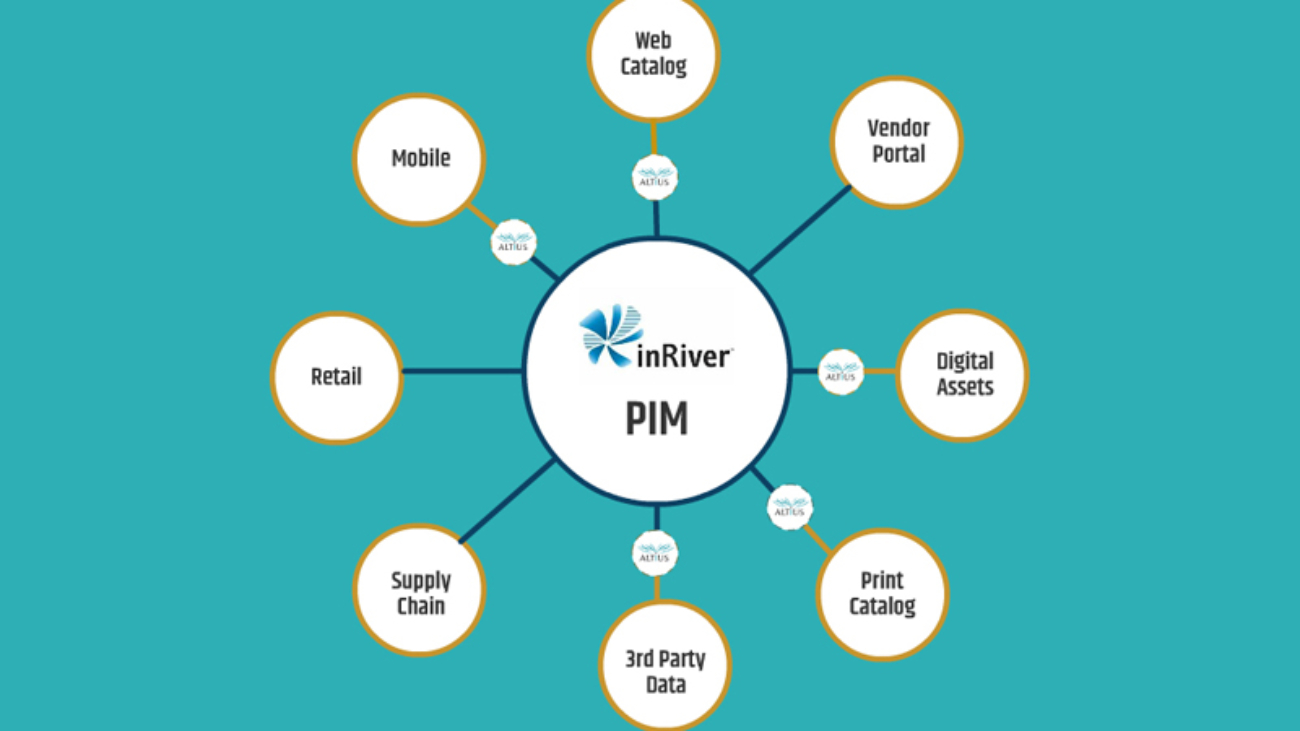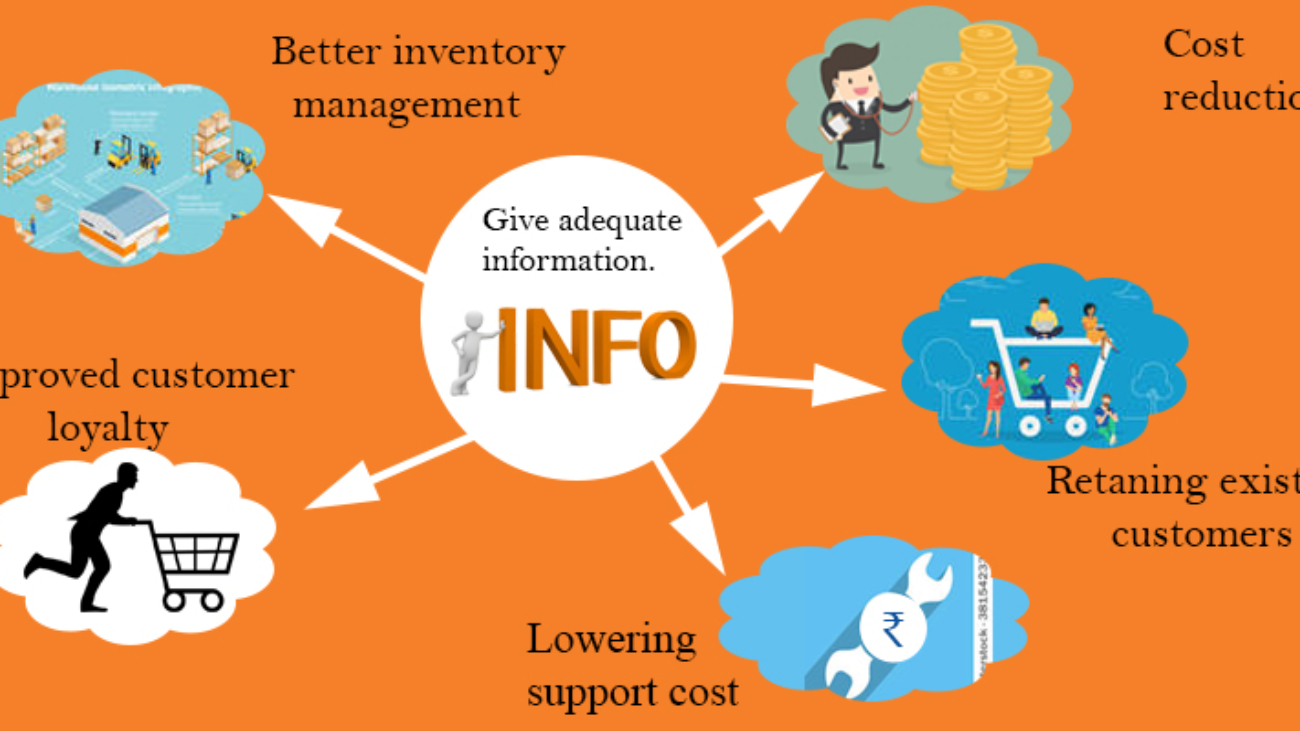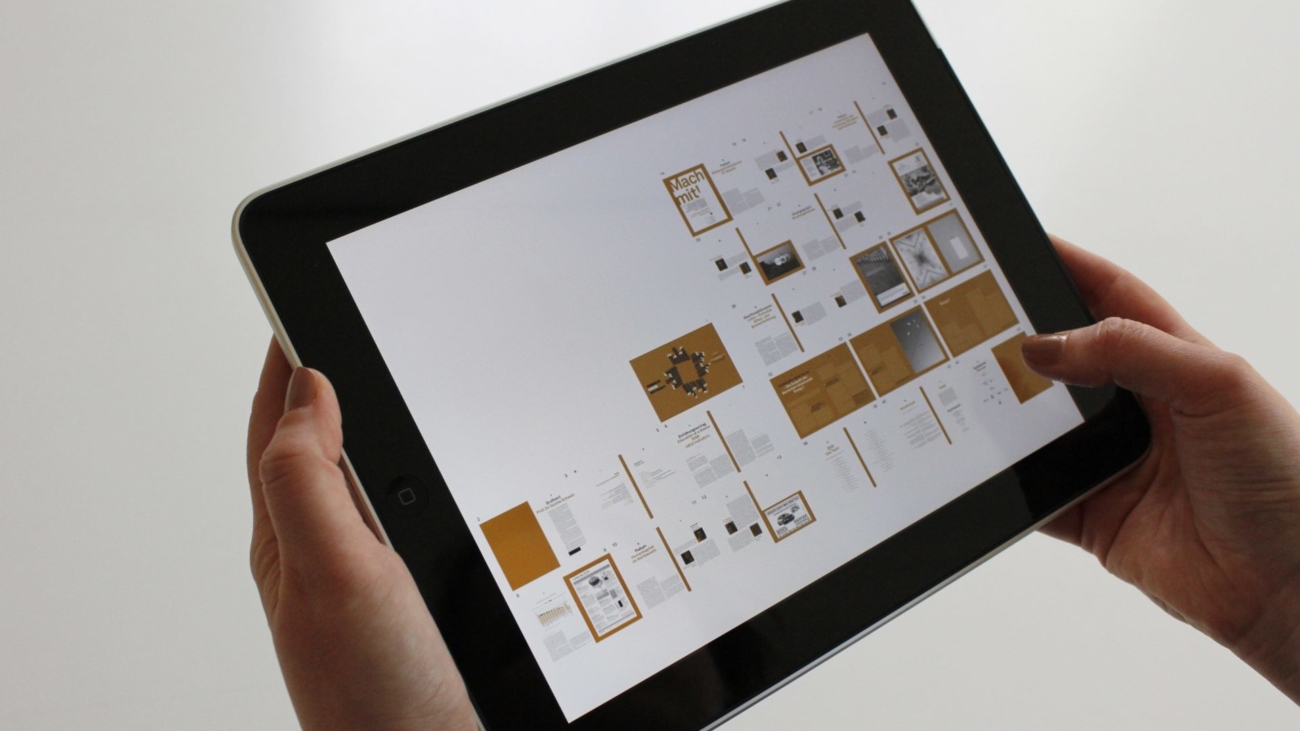As the eCommerce store begins to grow, most of them face the same problem of managing and handling large scale product data. If all the product information is scattered, then the efficiency of your team will be low, errors will become common and the customer will begin to lose trust in your product. That’s why more and more online stores are implementing PIM – a management tool designed to avoid all these issues.
What is PIM ? PIM stands for “product information management”, a management tool that centralizes all of company’s product information. All the data from your product catalog is stored. There are many fields that you can add to PIM like :
- Basic information about each product.(name, brand, price etc.,)
- Technical information.
- Information on sales channel and market places like (Amazon, Flipkart)
- Stock availability.
- Reviews for each product.
- Product catalog, datasheet etc.,
PIM not only stores the information about your products, but does much more than that. Suppose if you have modified any product, PIM allows you to modify that product with new features on all sales channel at a time. In this way PIM can store and alter data as needed to carry out the daily tasks. So PIM acts as a middle ground. It makes importing and exporting product data incredibly easy.
8 Ways a PIM will save your time :
1. Reduces the use of spreadsheets :
Suppose if you have thousands of product descriptions to keep up to date, uploading the same on a spreadsheet would be time-consuming and also has chances of leading to human error of entering wrong data. PIM helps this type of task to be done more accurately. With PIM, users will save time by entering a large amount of data in lesser time and more correctly. This will help the right department to retrieve the correct data easily.
2. Automation :
Automation is another benefit of PIM technology. Instead of uploading data manually, companies can automatically get the correct information from different sources. As a result, you will be able to create a richer product experience, a better user experience and a high rate of return on investment. When you want to launch a new product or create offers for your product, PIM makes it easy by its automation capabilities. The automation feature of PIM takes less time to complete the herculean task.
3. Helps to optimize marketing :
As PIM centralizes all the information on your products, it provides you with information about the sales volume and other marketing statistics. It helps you to know
* which different sales channels are giving you better results.
* which keywords are working optimumly.
*life value of each product.
This information helps your marketing team to take the right marketing decisions on time. Timely taken the right decisions will increase your sales.
4. To reach milestones :
Through PIM you can track your business progress to reach your milestone in business. You can keep an eye on the product (sales), team performance and productivity. If you find certain things are lacking and creating hurdles in achieving your milestone, you can find those faulty points and rectify on time. PIM helps in time management to do such rectification. Things rectified on time will optimize your progress.
5. Unit growth :
PIM software facilitates businesses to easily assess the efficiency of various teams and units. If one unit is efficient, its data can be shared with a less efficient unit, to speed up the growth. As all the data is centralized by PIM, with less time you can enhance the growth of a less efficient team/unit.
6. Reduced errors :
As PIM store accurate information, it reduces the chance of sharing incorrect information. The reduction of errors means companies spend less on time and cost. Delivery of products, purchasing procedure and information of inventories are all optimized using the data in PIM. As a result, the customer can enjoy complete satisfaction after procuring your product. As PIM solutions are easy to integrate, companies save time and money on management and marketing.
7. Enhances your customer experience :
As PIM maintains the whole data centrally, it is the single source of product information for each product across all the channels of marketing. When you notice any data errors, PIM will help you to improve them by eliminating the inconsistency. This will help in enhancing customer experience by quickly correcting the issues and then immediately pushing the changes to all channels.
8. To expand your business :
With PIM you can automatically publish new or updated product content to all selling channels quickly and accurately. As PIM is connected with eCommerce platforms, it allows you to easily localize product details for websites. By having PIM, you can save your business expansion cost and it is time-efficient.
Conclusion :
Finally, PIM makes it simple by providing everything in one area. It is easy to search, access, update, find and share product-related information. It makes it easier not only for employees but for teams, management, consumers and the company at large. PIM facilitates, not only manage a large amount of data but also makes it easy to work with. It’s time to conquer data and use it as a stepping stone for the future growth of your e-commerce business.








